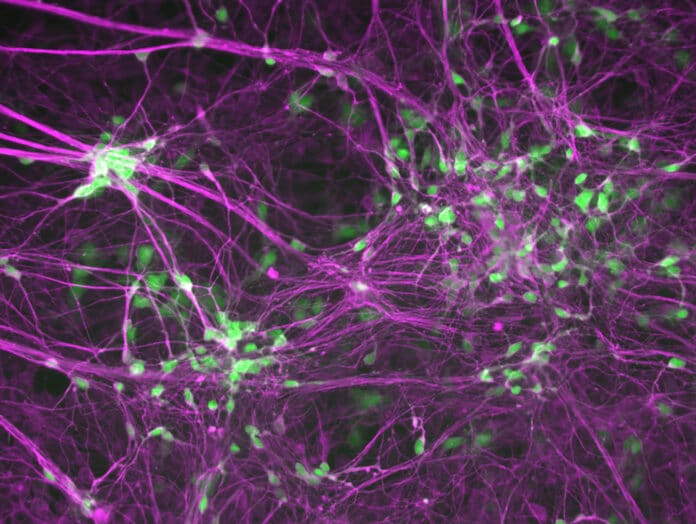Amyotrophic lateral sclerosis (ALS) is a fatal neurodegenerative disease caused by diverse genetic etiologies. Although therapeutics targeting causal mutations may rescue individual types of ALS, such approaches cannot treat most patients since they have unknown genetic etiology.
A group of scientists led by USC Stem Cell scientist Justin Ichida has uncovered two viable routes for creating novel medicines for various forms of this dreadful disease, often known as amyotrophic lateral sclerosis or Lou Gehrig’s disease, in the attempt to find a solution for these people.
Patients with familial and sporadic ALS provided researchers with skin or blood samples. The motor neurons, the movement-controlling nerve cells that deteriorate in the disease, were created by reprogramming skin and blood cells. These patient-derived motor neurons gave researchers a chance to examine tens of thousands of FDA-approved medications and chemically similar compounds for ones that would be efficient against various types of ALS.
Their findings are published in two studies: the first appearing in Cell Stem Cell on February 2 and the second in the Cell on February 7.
The first study found that the activity of androgens, the well-known class of sex hormones that includes testosterone, was enhanced by some of the most efficient medications and drug-like compounds. However, because androgen-stimulating medications may have unfavorable or dangerous side effects for ALS patients, the scientists sought a genetic alteration that would have a comparable impact.
They used Connectivity Map, a freely accessible bioinformatics database created by the Broad Institute of Harvard and MIT, to achieve this. The scientists correctly predicted that inhibiting the SYF2 gene would boost the survival of motor neurons obtained from patients with various ALS by assessing this enormous collection of data about how medications change the genetic landscape underlying diseases. Additionally, this gene’s suppression in animals with ALS lessened neurodegeneration, motor impairment, and other symptoms.
Li, a postdoc in the Ichida Lab, said, “What’s exciting is that SYF2 suppression improved symptoms and pathology related to a protein called TDP-43, which can become toxic and is implicated in close to 97 percent of cases of ALS.”
In the second study, scientists detail how inhibiting a protein; the PIKFYVE kinase could represent another effective strategy for treating many different forms of ALS.
They discovered that blocking PIKFYVE caused motor neurons to clear harmful proteins through exocytosis, in which membrane-bound sacs enclose and actively convey trash to the outside of the cell, reducing neurodegeneration, enhancing motor function, and extending life.
Ichida, who is the John Douglas French Alzheimer’s Foundation Associate Professor of Stem Cell Biology and Regenerative Medicine at USC and a New York Stem Cell Foundation–Robertson Investigator, added: “Our discoveries bring us closer to achieving our big picture goal: finding treatments that can be broadly effective for all patients who have ALS.”
Journal References:
- Gabriel R. Linares, Yichen Li, et al. SYF2 suppression mitigates neurodegeneration in models of diverse forms of ALS. Cell Stem Cell. DOI: 10.1016/j.stem.2023.01.005
- Shu-Ting Hung et al. PIKFYVE inhibition mitigates disease in models of diverse forms of ALS. Cell. DOI: 10.1016/j.cell.2023.01.005
